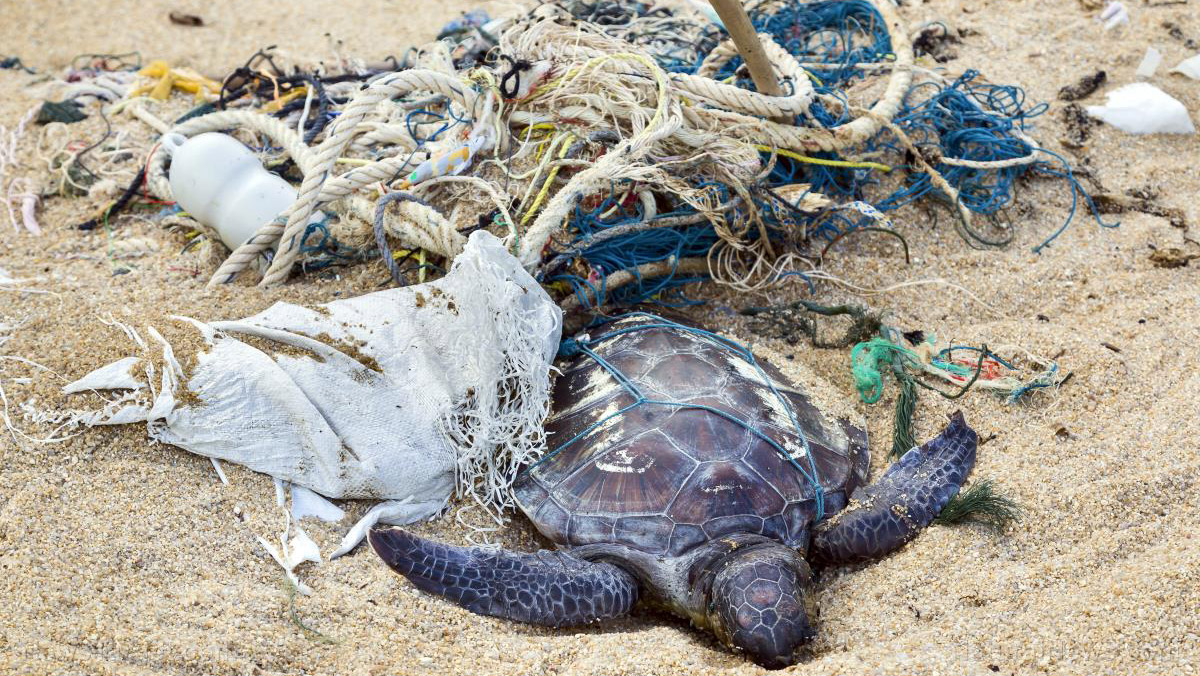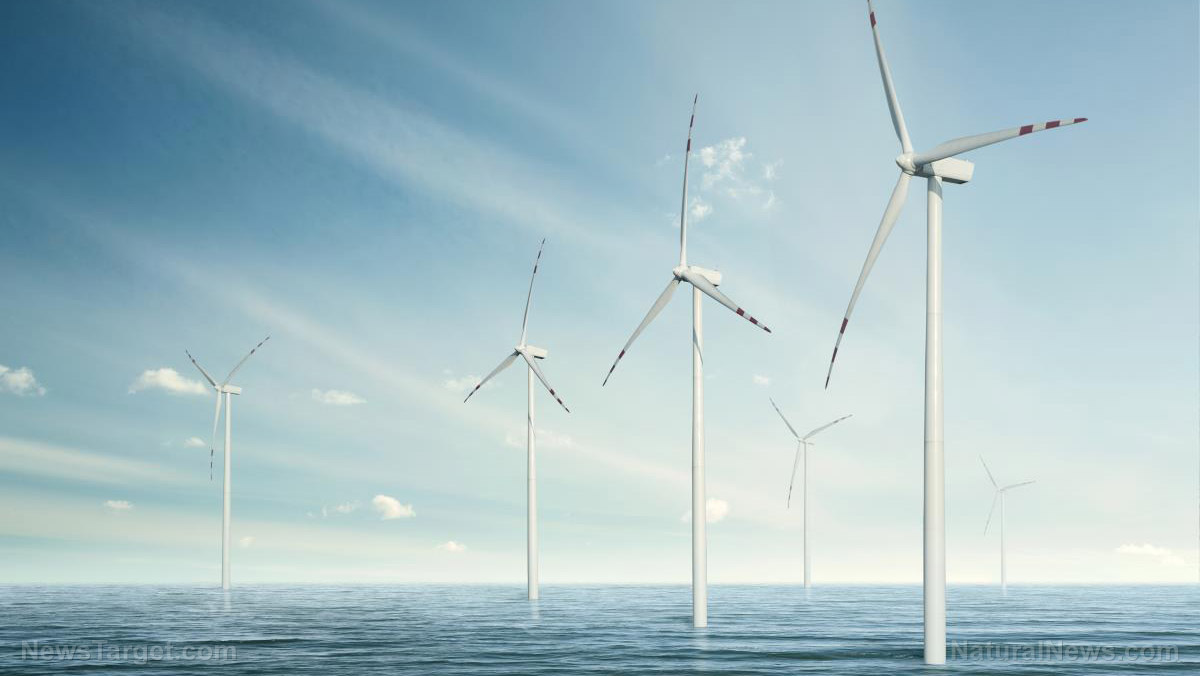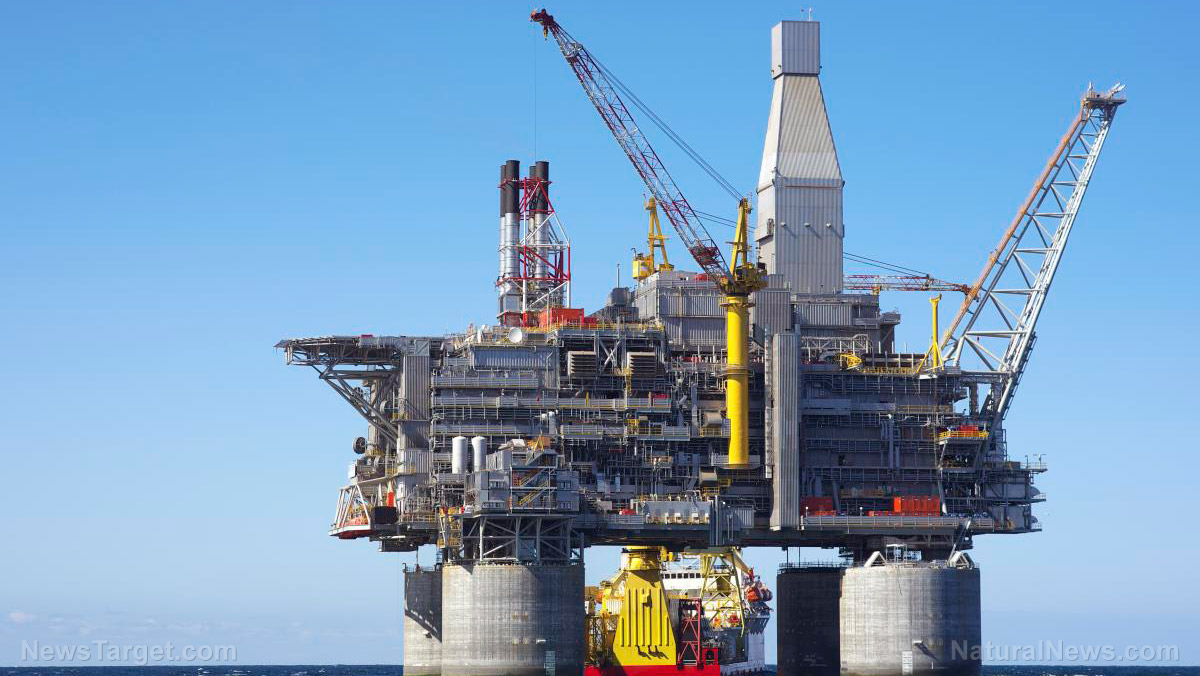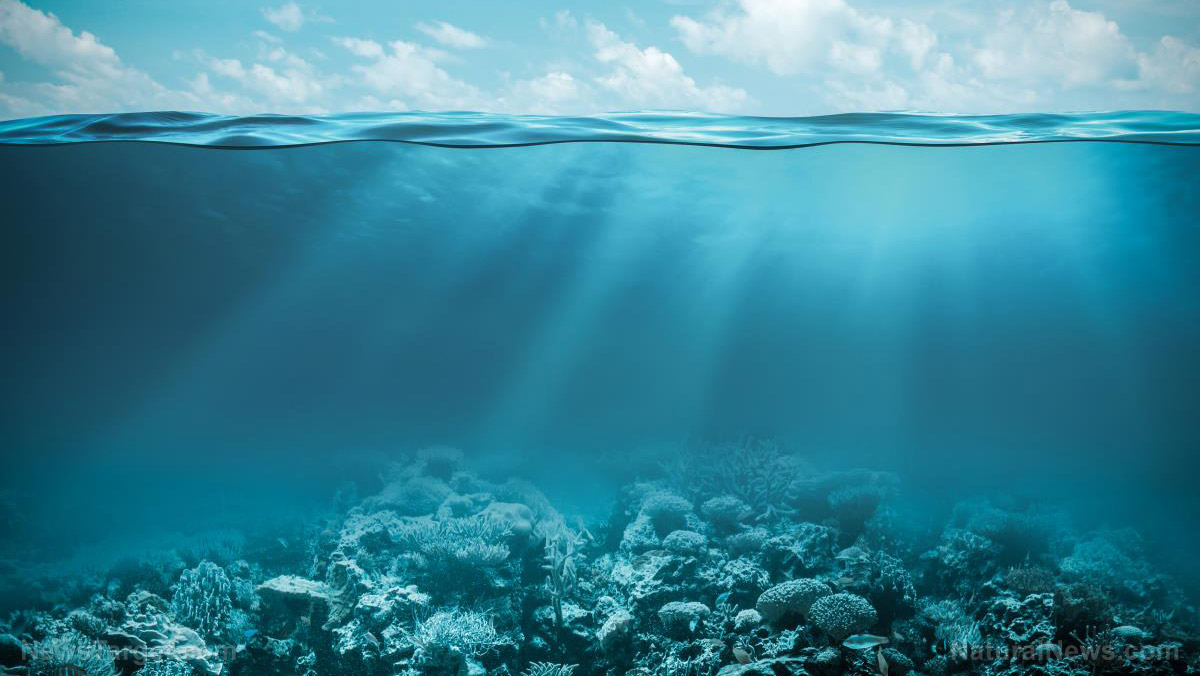Abandoned oil rigs in the sea can become valuable artificial reefs
09/19/2018 / By Rhonda Johansson

A group of international researchers are encouraging environmental authorities to rethink their policies on removing oil rigs, wind turbines, and other sea installations after they have worn out. According to their study, published in Frontiers in Ecology and the Environment, these dilapidated artificial structures become alternative reefs for flatfish, cod, and various types of bottom flora.
Oil rigs and other artificial installations are usually built to function for around 20 to 30 years. After this time, they are usually decommissioned and removed to reduce supposed water pollution. However, experts now agree that during the two to three decades of being in the sea, the tubes, bars, and bricks become breeding grounds for beneficial substrates that attract different plants and animals. Even as these artificial structures fail to be useful for their intended purpose, the rigs become a natural stone reef.
This is an advantage, say the researchers. It has been observed that stone reefs are increasingly becoming rarer as stones are being gathered and used for pier construction. These old facilities, while useless for oil production, may serve a greater purpose in increasing biodiversity around the area.
The researchers also argue that leaving these installations in place would save the global economy around EUR 100 billion that would have otherwise been spent to remove the rigs.
On coral reefs and the need to protect them
Coral reefs are to the sea what rainforests are to the land. They have incredible biodiversity, being home to more than a quarter of all marine species. In fact, it is estimated that more than 4,000 species of fish make their home in coral reefs.
Coral reefs likewise have a global economic value. The reefs provide for more than 500 million people in over 100 countries. Their importance is estimated to equal around 375 billion dollars each year.
A recent report by the World Resources Institute concluded that nearly 75 percent of the world’s coral reefs are at risk from various stresses. It was calculated that should nothing be done to stem this destruction, 90 percent of coral reefs will be endangered by 2030, and nearly all of them by 2050.
Overfishing and dangerous fishing techniques such as using explosives and cyanide are considered to be the biggest factors in coral reef destruction. Plastic pollution is also said to be killing coral. Studies have shown that plastic waste increases the incidence of disease in coral almost 20-fold. Researchers hypothesize that plastic pollution blocks the reef’s ability to absorb sunlight. It is projected that by 2025, 15.7 billion plastic pieces will come into contact with coral reefs. (Related: Another danger for coral reefs: Plastic trash transports microorganisms that spread disease across the ocean floor.)
What you can do
Even if you live far away from the sea, there are simple (but significant) things you can do to protect coral reefs, as suggested by the National Oceanic and Atmospheric Administration.
- Use organic fertilizers – Runoffs containing toxins from synthetic fertilizers are damaging to coral reefs.
- Choose sustainable food – As much as possible, source your fish from reputable and local fisheries.
- Do not buy corals as a gift – It takes decades for corals to create themselves. Leave them alone.
- Practice safe boating – Make sure to anchor in areas that are away from reefs and sea grasses.
- Look, but don’t touch – If you are diving, make sure that you do not touch coral reefs. Remember that these structures are alive. Stirred-up sediments can potentially suffocate them.
Learn more ways you can protect coral reefs at Environ.news.
Sources include:
Tagged Under: abandoned oil rigs, aquatic life, artificial reefs, coral reefs, corals, Ecology, environment, marine ecosystems, oceans and marine life, plastic waste, reef systems




















